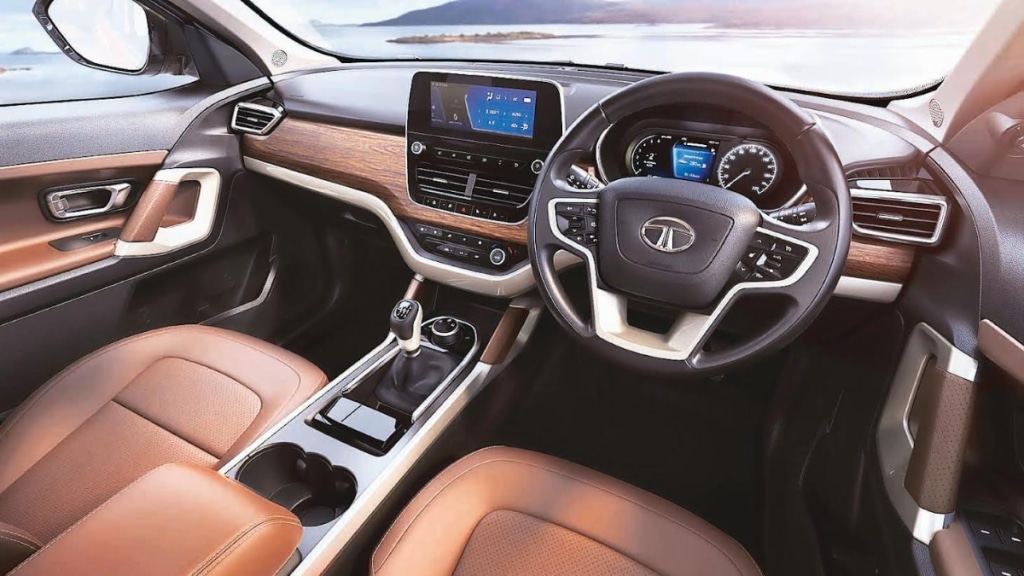Imagine a driver in rural India speaking to his car in his dialect – an innovation in automotive technology. Tata Motors is making this happen with Mihup automated virtual agent (AVA), a product that understands and responds to multilingual and vernacular commands. It recognises 50 Indian languages and dialects like Hindi and Hinglish, Tamil and Tamilish, Bengali and English, Telugu, Marathi, Punjabi, Haryanvi, Kannada, and Marwari. Tata selected Kolkata-based conversational AI firm Mihup.ai to provide native voice command support for their vehicles, simplifying interactions between owners and their cars.
To be sure, voice commands in cars have been around for a decade—thanks to Android Auto and Apple CarPlay letting you use voice to control some in-car functions. But the primary language support has been in English. That is now changing. In addition to Tata vehicles, carmakers like Hyundai, Kia, and MG have also started offering voice commands in local languages. Hyundai cars are equipped with the Blue Link technology, and support voice commands in languages such as Hindi, Tamil, Telugu, Kannada, Marathi, Bengali, Gujarati, Malayalam and Punjabi. Thanks to the popularity of Korean language in India, Hyundai started offering Korean voice commands in 2022.
MG has partnered with Jio Platforms – a subsidiary of Reliance — to provide voice solutions through Jio’s Hinglish voice assistant system. MG Comet EV, launched last year, has been embedded with Hello Jio voice assistant, according to Gaurav Gupta, chief growth officer, JSW MG Motor India. “The Hello Jio voice assistant is trained to understand different regional dialects and tonality of an Indian user. It will enrich the driving experience for customers while ensuring safety and in-car experiences backed by great technology,” he added.
Coming to Mihup AVA, it enables the driver to use commands like ‘sunroof kholo’ (open the sunroof) or ‘agla gaana’ (play next song). It provides natural language support for making phone calls and playing music from USB, supporting navigation commands, and also vehicle information. The best part is that Mihup operates even in areas with low connectivity. Mihup is available in Tata’s Harrier, Safari, Nexon, Nexon EV, Altroz, and Punch models.
An auto-tech expert told FE that the ability to control infotainment functions by voice has three primary advantages: safety, convenience, and personalisation, and that one of the main benefits of Mihup’s voice-enabled technology is its inclusivity. “It empowers drivers in rural and semi-urban areas by providing them with a natural, hands-free way to interact with their vehicles in their native languages or dialects, overcoming the language barriers that have long existed in car interfaces that typically use English or Hindi,” he said.
“Tata Motors has always aimed to be first to bring innovative technologies to Indian customers,” added Baburao Rane, chief digital architect at the Mumbai-based automotive firm that produces cars, trucks, vans, and buses. “Voice is a very challenging topic and the problem becomes grave for India due to our diverse language profile. We are lucky we came across Mihup and collaborated with them to provide natural speech recognition in Indian languages,” he said.
According to Biplab Chakraborty, co-founder and COO of Mihup, AVA is a native vehicle assistant that gets embedded into the head unit or infotainment system of a vehicle, where it can handle a wide range of tasks all through natural voice commands. It focuses on making interactions more intuitive, particularly for rural and semi-urban users, by allowing them to communicate with their vehicles using the language they are most comfortable with.
“Mihup’s custom large language model (LLM) and GenAI suite make the voice assistant more contextualised and user-specific. It interprets voice commands accurately, processes them, and responds/performs the necessary action in real-time, overcoming the linguistic diversity challenge in India,” he added.
